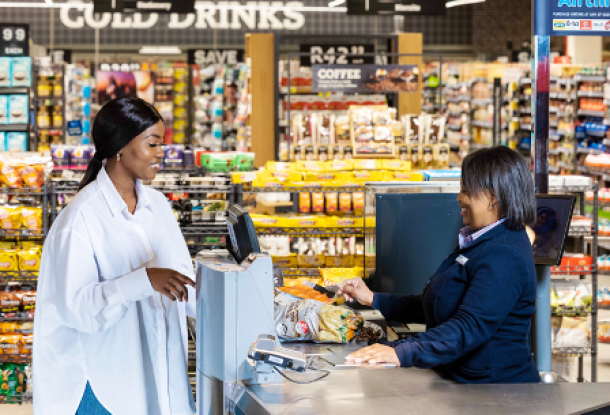South African shops will likely start ‘tracking’ you in-store using facial recognition
Traditional retailers cannot compete with online retailers when it comes to price and merchandise, and need to bring something to the table that online retailers cannot.
This is according to Gareth Hawkey, Group CEO at redPanda Software, who notes that traditional retailers will therefore have to find technology that will change the whole in-store experience to attract customers.
“The technologies that can be most impactful to retailers include radio-frequency identification (RFID), Bluetooth beacons, mobile payment options, loyalty applications and facial recognition,” he said.
Hawkey explained that Bluetooth beacons allow retailers to broadcast a personalised message when a particular user approaches a certain aisle or section of the store.
“Ultimately, this technology enables retailers to engage with their customers in a hyper-personalised manner while they are in physical proximity – offering customised deals, discounts and even coupons to build brand loyalty,” he said.
He added that it was now critical for retailers to offer mobile payment options to their clients – which enables seamless mobile point of sale (POS) options, and to provide incentives to customers via discounts, coupons and value-added pricing that can be accessed via digital wallets.
However the most valuable technology retailers can use is facial recognition, he said.
“This can benefit both the internal workings of the organisation (through monitoring attendance) but also the customers, as the technology can alert the staff when queues are getting too long. This helps the retailer to deploy staff to tills, to improve customer experience,” said Hawkey.
“Advancements in this technology now means that retailers can predict when customers will move towards the POS, five to ten minutes before they do so. Managers can be alerted and more tills can be opened in time to assist with checkouts, before a backlog of waiting customers is created,” he said.
When?
Hawkey’s comments follow the release of a retail technology report by software company Oracle in February 2018.
As part of the report Oracle surveyed a total of 800 CMOs, CSOs, senior marketers and senior sales executives across France, the Netherlands, South Africa and the UK.
Speaking to BusinessTech, Chantel Troskie, customer experience senior sales manager at Oracle, said that local retailers currently offer an impersonal self-service experience to their customers, that will likel be drastically changed by the introduction of new technology.
“What retailers are aiming for is to offer a more personalised shopping experience by fitting bluetooth beacons in-store that will pick-up the shopper’s cellphone, which allows them to identify and communicate with the shopper.”
“Retailers are also looking to employ facial recognition cameras so that if a customer is returning to the store, they know who the customer is, their behaviour and preferences,” she said.
According to Troskie these cameras can also pick up the mood of customers – whether they’re happy or in a bad mood or perhaps in a hurry or relaxed – so that they can engage with the customer according to the information shared by facial recognition.
“Once customers enter the store and are identified, retailers will be able to send them advertising or promotions regarding a particular brand or product. In-store beacons will guide customers to the item that is on promotion,” she said.
Troskie added that while this technology will only become more widespread in 2020 and beyond, she noted that some local shopping centres already make use of bluetooth devices to communicate with customers.
“I believe facial recognition is the technology retailers will deploy first as it provides rich information on customers,” she said.
“Getting rid of queues will most likely follow next – sales assistants will service customers with tablets linked to a POS system, which means transactions can take place on the floor and shoppers can avoid standing in queues.”
News Category
- International retailers
- On the move
- Awards and achievements
- Legislation
- Wine and liquor
- Africa
- Going green
- Supplier news
- Research tools
- Retailer trading results
- Supply chain
- Innovation and technology
- Economic factors
- Crime and security
- Store Openings
- Marketing and Promotions
- Social Responsibility
- Brand Press Office
Related Articles
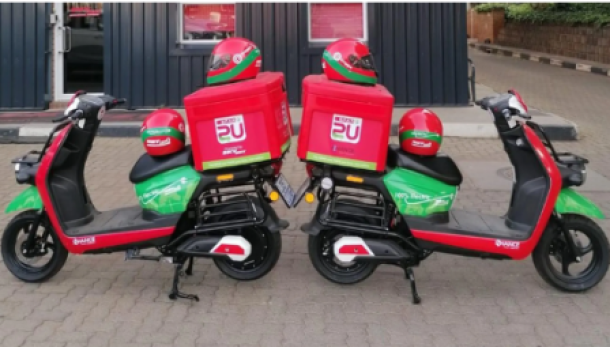
Two local businesses see a gap as food and groc...
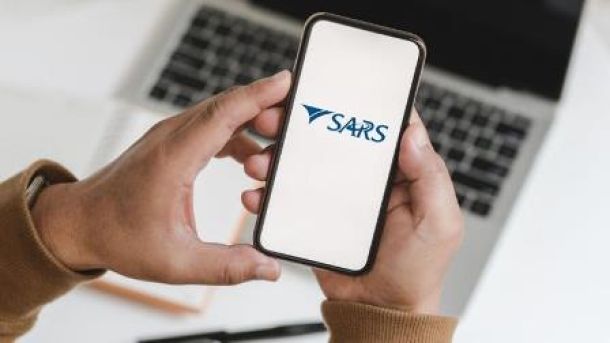
SARS launches WhatsApp channel to help check ta...
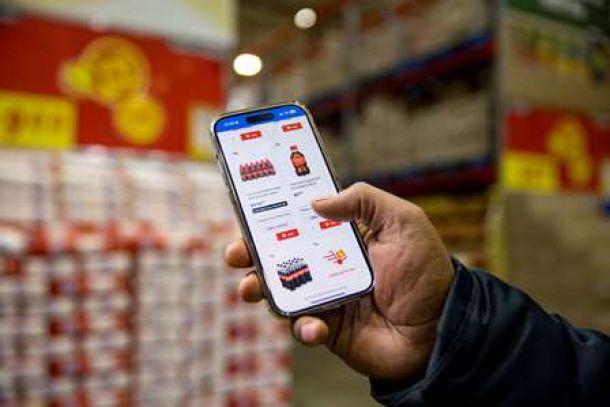
Shoprite launches online shopping and bulk deli...
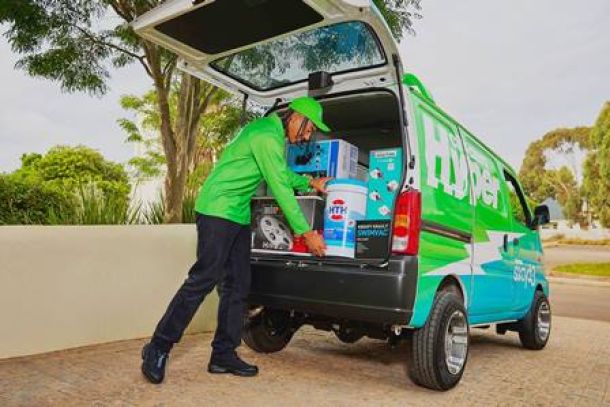
Sixty60 promises lightning-fast delivery of 10 ...
